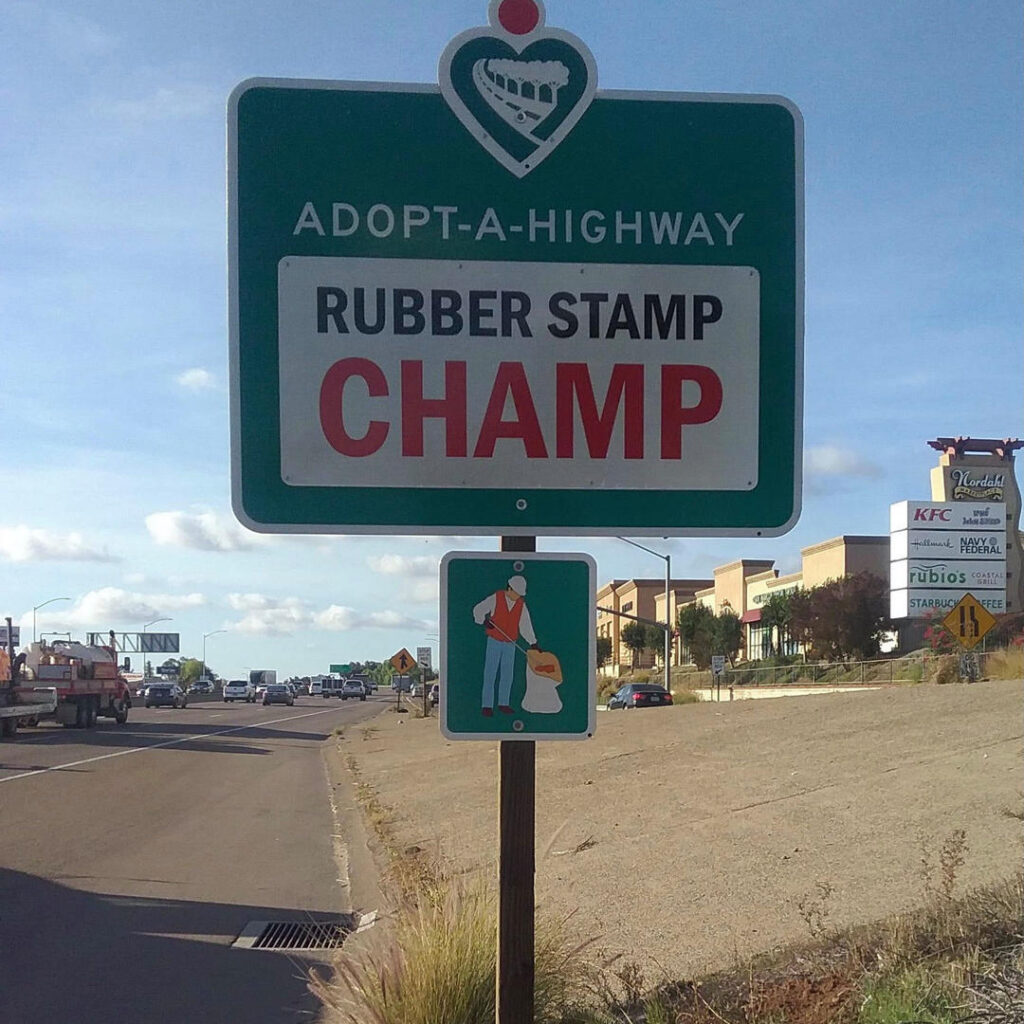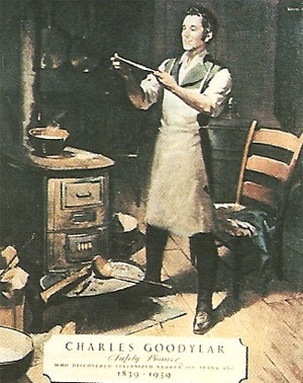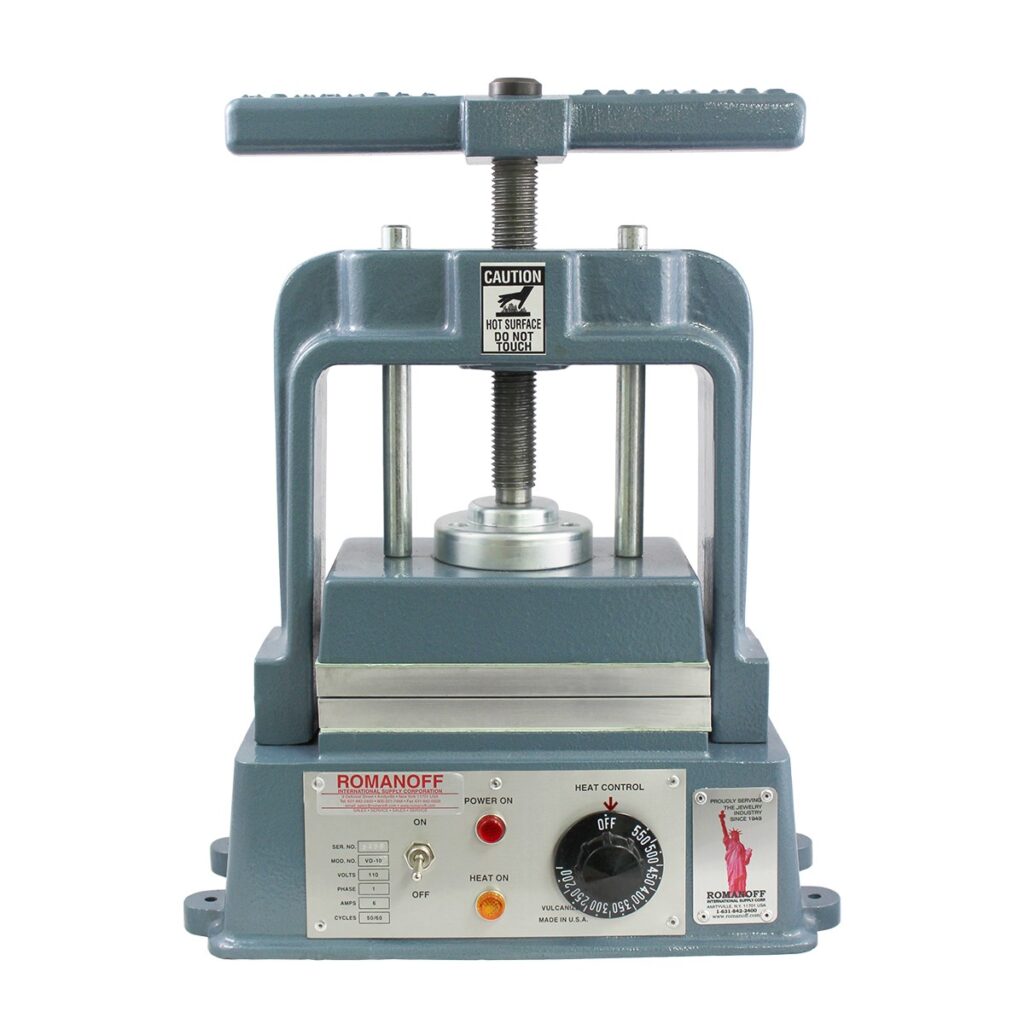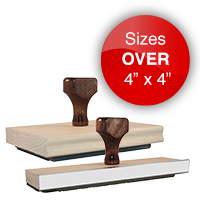The History Of Rubber Stamps A Look Back In Time
At Rubber Stamp Champ we pride ourselves on having been in business for over 22 years. We also take pride in our 15,000 five star reviews, the 3000 rubber stamp and related products that we offer, and our huge repeat customer base that totals in the hundreds of thousands. In fact we make more rubber stamps online every day than any other stamp maker in America!

But where did it all begin?
Primitive stamps that existed long before rubber stamps were made are still produced by hand in other countries. Mud is used in India to make molds that are used directly as stamps. The mud images are painted with colored juice from fruit, flowers, bark, and other plant matter to create a colored image that can be stamped on fabric, paper, and products. Animal hide has also been used by some cultures. Detailed impressions can be cut in thick pieces of hide that are long lasting and resilient, like rubber.
There were two essential prerequisites for the origin of the rubber stamp. Rubber was discovered in the Amazon River Basin in 1736 by the French explorer Charles Marie de la Condamine. Cubes were made of the substance and used for rubbing out lead pencil marks, but the material was unstable—when the temperature rose, the cubes turned to jelly. This difficulty was solved in 1839 by Charles Goodyear.

Some years before, Goodyear had begun pondering this problem with rubber, and he was determined to solve it. By accident, he spilled a mixture of gum rubber and sulfur on a hot stove. The combination of sulfur as an accelerator and heat cured the rubber. Goodyear named his process vulcanization after the Roman god of fire. Vulcanized rubber was adaptable to thousands of uses, as Goodyear recognized when he patented his process in 1844.
Marking devices similar to rubber stamps but made of other materials were available in the early 1800s. By 1860, mechanical hand stamps made of metal were in common use. The actual inventor of the rubber stamp is a subject of controversy. L.F. Witherell of Knoxville, Illinois, claimed to have invented the rubber stamp in 1866 by having fixed rubber letters on the end of a bedpost for the purpose of marking the wooden pumps he manufactured with identifications. Unfortunately, Witherell never produced the landmark bedpost or other proof.

James Orton Woodruff of New York borrowed the vulcanizer used by his uncle, a dentist. Rubber was used in dentistry to mold denture bases, and the small vulcanizers dentists operated were ideal for batch production of rubber stamps. Walnut mounts for Woodruffs stamps and items that have been printed with his stamps remain; the rubber stamps themselves were destroyed by ink that contained solvents.

There are other claimants to the inventor of the rubber stamp, but Woodruff and Witherell have left the best stories, if not convincing evidence. By 1866, rubber stamp businesses were flourishing, and L.F.W. Dorman commercialized the process by manufacturing vulcanizers specifically for stamp makers. By 1892, there were 4,000 rubber stamp manufacturers and dealers in the United States.
At Rubber Stamp Champ we are happy to answer any questions you have regarding your rubber stamping project. Just give us a call at 1-800-469-7826!
Write a comment
You must be logged in to post a comment.